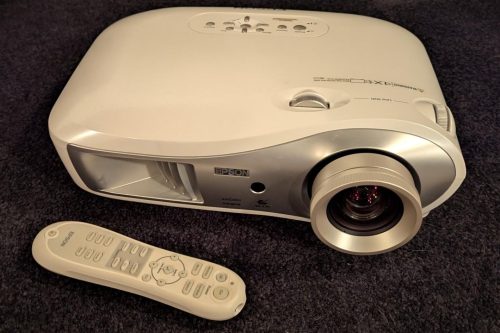 Recently the NixOS 25.11 release was announced. As my new server is based on NixOS it was time to do an upgrade and stay current. Moving from 25.05 to 25.11 turns out to be fairly straight forward, and you can uplift multiple versions without much pain or risk. I was also able to update directly from 24.11 to 25.11 in a single step for an old hacky desktop I was experimenting with.
Recently the NixOS 25.11 release was announced. As my new server is based on NixOS it was time to do an upgrade and stay current. Moving from 25.05 to 25.11 turns out to be fairly straight forward, and you can uplift multiple versions without much pain or risk. I was also able to update directly from 24.11 to 25.11 in a single step for an old hacky desktop I was experimenting with.
Upgrading is very simple, first figure out which version you are on.
|
1 2 |
# determine which NixOS channel you are on $ sudo nix-channel --list |
Then it’s just two command lines to do the upgrade.
|
1 2 |
$ sudo nix-channel --add https://channels.nixos.org/nixos-25.11-small nixos $ sudo nixos-rebuild switch --upgrade |
A full reboot cycle is a good idea to make sure all is well, but shouldn’t be strictly required. The upgrade instructions are clear and easy to follow.
You’ll notice that I’ve selected the small channel, which is suggested for servers. It will not contain the some of the desktop components – but has the benefit of being updated sooner than the “full” version. Another server I had was using 25.11 full channel, and I used the same approach above to switch to the small channel.
NixOS has a very predictable upgrade cadence, twice a year in May and November. The downside is they very quickly deprecate the old version, 25.05 will stop getting regular updates at the end of December this year. Upgrading is so safe, and easy, there really isn’t any excuse to be back level.
You can run into some trouble if you have a very small boot drive, or haven’t done any “garbage collection” of older versions. I would recommend adding the following automatic updates and housekeeping tasks to your /etc/nixos/configuration/nix.
|
1 2 3 4 5 6 7 8 9 10 11 12 13 14 15 |
# Automatic updates: https://wiki.nixos.org/wiki/Automatic_system_upgrades#Channel-based_systems_(default) # We want to stay current system.autoUpgrade = { enable = true; allowReboot = true; dates = "04:05"; }; # We want to keep the nix store neat and tidy https://wiki.nixos.org/wiki/Storage_optimization nix.optimise.automatic = true; # And perform regular GC operations to keep things cleaned up nix.gc = { automatic = true; dates = "weekly"; options = "--delete-older-than 30d"; }; |
Depending on what has changed, you may get some warning when you do the update, typically stuff about a given setting having changed names or something. These are magically handled for you, but you should take the time to update your config to use the latest names to prevent future upgrade pain.
While we’re on the topic of NixOS configuration, I did learn something about the /etc/nixos/hardware-configuration.nix file. Typically this is set up once during the install, and you can mostly ignore it after that. However, you can re-generate that file using nixos-generate-config and it will update the file, but not overwrite your /etc/nixos/configuration.nix file. Handy if you have hardware changes like adding a USB drive you want to be permanently mounted.
However, as I found out, the nixos-generate-config command can be a “foot gun” and result in a non-clean booting system. The recommendation is to trust by verify, because capturing your hardware setup can be nuanced and you don’t want to end up having boot time problems you only detect much later.



